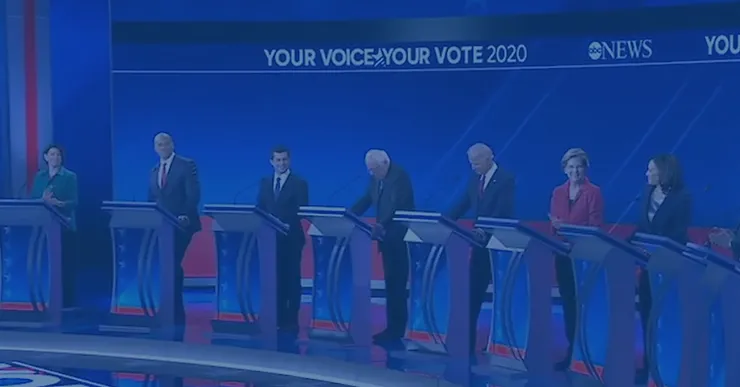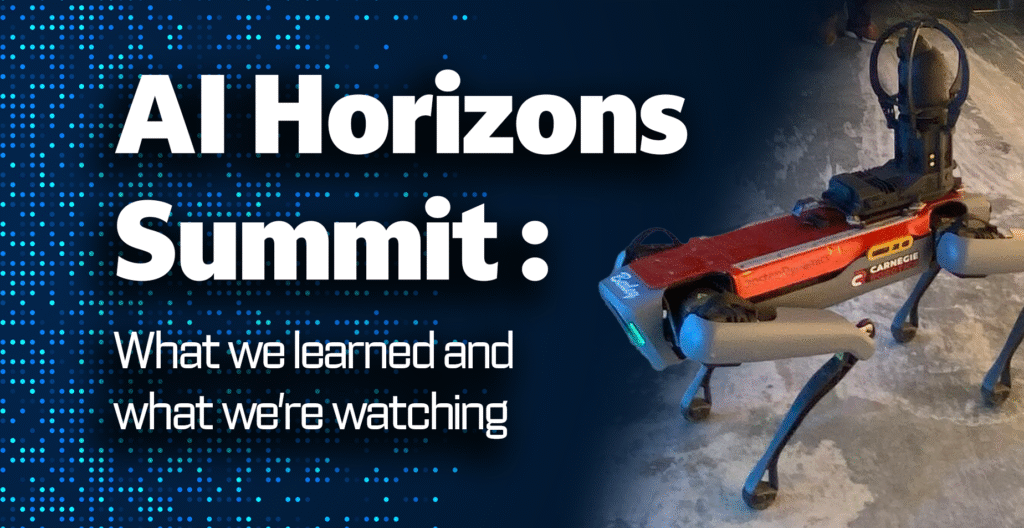
It’s officially election season. Ten Democratic presidential hopefuls are debating Wednesday night and the Iowa caucuses are less than 90 days away. Ceisler Media is not a political firm, but we do follow the trends of political campaigns – focusing on what is picked and pulled apart, what works and doesn’t work.
Campaigns have core principles that are applicable outside the political arena. So, for those who may be too weary of the polarized, vitriolic discourse . . . I offer you this: An opportunity to reframe how you look at how political campaigns are run and how that might apply to the organizations with which you work closely.
Your message is your foundation – but your audience is your guiding light
You always enter into a campaign with a specific objective. You’re aiming to inform your audience, to engage, to encourage them into action – whether that’s joining an email list, signing a petition or donating to a worthy cause.
Your campaign must be rooted in fact and empathy. It must follow a charted course and be conveyed with an unscripted authenticity.
But regardless of your authenticity or your goal, if you don’t know the audience that you are talking to, you can easily put your foot in your mouth.
More and more, spending the time to understand the people we are trying to talk to is of the utmost importance. It’s not just about what audience we reach on Facebook versus Instagram. It’s not about embracing the power of podcasting as an emerging media platform. As we continue to innovate, we must also remember the value of retail politics – there are always those interested residents who would prefer to hear from you directly, perhaps at an upcoming community meeting or in a casual setting. People have a better chance of engaging if you meet them where they are.
The point is, before you ask someone to engage with you and your message, you need to invest the time to understand their perspective. Over everything else, you need to learn where they are, the best way to reach them, and how to make them take notice.
Campaigns need to be fully integrated. Yes, that means digital in a real way.
Traditional media outlets are not what they used to be. Newsrooms are shrinking and consolidations continue. Local journalism should be lauded for the role it plays as an arbiter of free speech in the face of immense challenges. Perhaps as importantly, people in communities trust their local news, a trust they disseminate through their networks.
Rather than leading with traditional media outreach, however, a compelling way to introduce your story to a new audience is through a fully integrated approach. To be effective and to compete in the cluttered landscape, you have to have a plan that can speak to everyone. That’s how the Mayor of South Bend, Indiana remains on the debate stage while the Mayor of New York City has left it.
The Obama Administration was the first to deal with this at the presidential level. In his second term, his communications team took a fully integrated approach including putting President Obama on Funny or Die’s “Between Two Ferns” to support the roll out of HealthCare.gov.
The opportunities to reach audiences in distinct ways have only expanded since then and it is not just politicians who can use these platforms to tell a story.
Podcasts have seen a dramatic uptick in both type and listenership. Every day someone launches a new one that allows you into the ears of someone who has self-selected to hear what you have to say. Make it count.
The number of social media “channels” continues to grow and the methodologies they deploy to reach their users changes regularly. Recently, Twitter announced it will not accept political advertising. TikTok is the latest in short form mobile video (for those wondering, Periscope does still exist).
The reality is the platforms – traditional or digital – are going to continue to evolve and you need a team of diverse skills to adapt quickly so you don’t miss a chance to reach as many people as possible.
So tonight, 10 Democratic presidential candidates will be on stage in Atlanta, each looking for his or her opportunity to impress. I will be watching attentively, and not just for the soundbite moment likely to gain national attention.
I want to see if that viral moment connects with what I consume as a voter. Is there a consistent message from any candidate that that comes through to me as a foundation and not a tag line?
Is there substance behind the clever quips? Is there a sense of genuineness? Is it coming through in more than just words, but also body language? Are they assertive enough to command the world stage while still possessing the nuance needed for diplomacy?
The Democratic candidates face an interesting challenge this cycle for any number of reasons, not the least of which is how to break through a cluttered media environment on a very crowded stage. I want to see how they use this TV moment, but as importantly how they extend it to reach a voter like me and others in my office.
Always a fun lunch chat.




